Measles
Measles is a highly contagious, vaccine-preventable infectious disease caused by the measles virus, a single-stranded, negative-sense RNA virus. Here is an overview suitable for a UK dentist learning about general medicine and surgery in preparation for professional exams.
Signs and Symptoms
Symptoms of measles typically begin 10–14 days after exposure. Initial symptoms include a high fever (often above 40°C/104°F), cough, runny nose, and inflamed eyes (conjunctivitis). Small white spots known as Koplik's spots may appear inside the mouth, usually opposite the molars, and are diagnostic but temporary. A characteristic red, flat maculopapular rash often begins on the face and spreads to the rest of the body, appearing two to four days after initial symptoms and lasting up to eight days. Measles usually resolves in about three weeks.
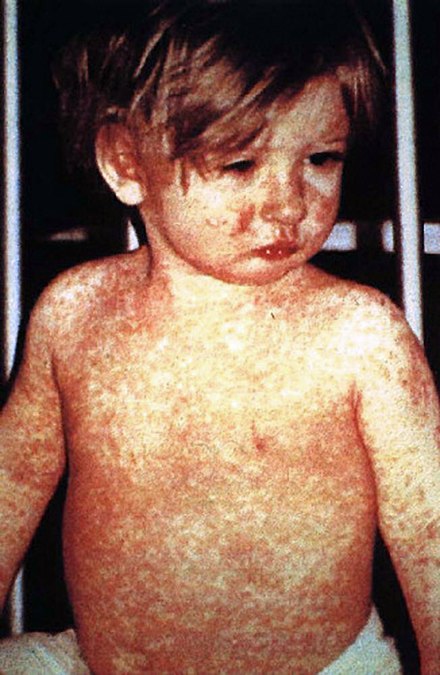
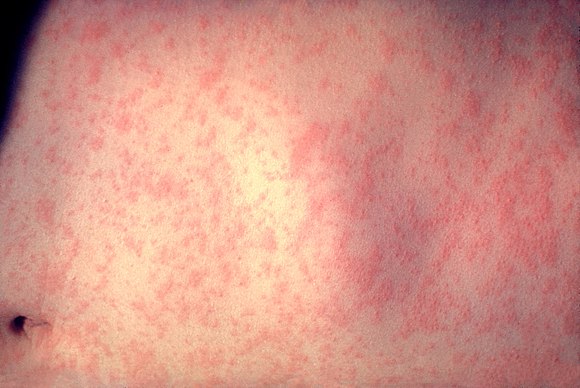
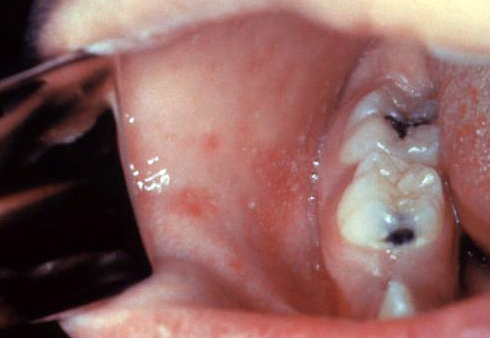
Complications
Measles can lead to several complications, ranging from mild to severe. Common complications include diarrhoea, middle ear infection, and pneumonia. Severe complications may include seizures, blindness, encephalitis, and subacute sclerosing panencephalitis (a progressive and fatal brain inflammation). Due to measles-induced immunosuppression, secondary bacterial infections are common. Those at higher risk for severe complications include infants under five, adults over 20, pregnant women, and individuals with impaired immune systems.
Cause and Pathophysiology
Measles is caused by the measles virus, which is highly contagious and spreads through coughing and sneezing. The virus infects epithelial cells in the trachea or bronchi, using surface proteins to bind and enter the host cells. It then spreads through local tissue, infecting dendritic cells and alveolar macrophages, which transport the virus to the lymph nodes and bloodstream, spreading it to various organs, including the lungs, intestines, and brain.
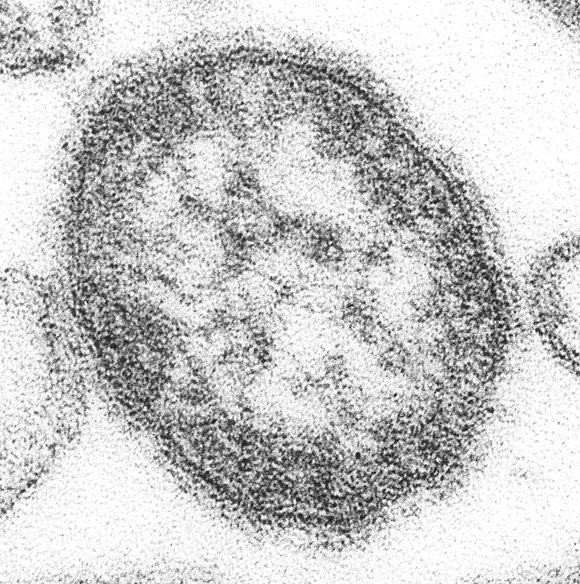
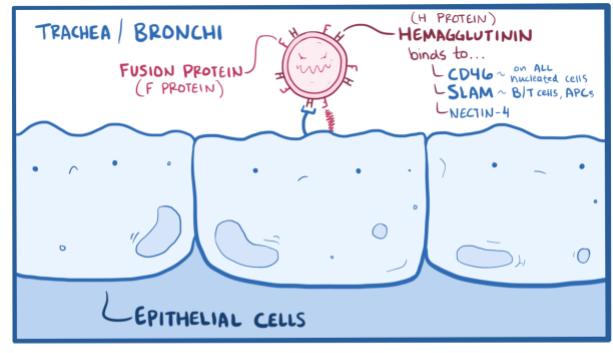
Diagnosis
Measles diagnosis typically begins with clinical observation of symptoms like fever, cough, coryza, conjunctivitis, and Koplik's spots. Laboratory confirmation is recommended, which includes testing for measles IgM antibodies or detecting measles virus RNA through reverse transcription polymerase chain reaction (RT-PCR). Saliva can also be tested for measles-specific IgA antibodies.
Prevention
The measles vaccine, usually given as part of the MMR (measles, mumps, rubella) vaccine, is highly effective and safe. In developed countries, children receive their first dose at 12 months and a second dose at 4-5 years. The vaccine may also be given earlier in areas with high measles prevalence. Vaccination campaigns have significantly reduced measles mortality worldwide.
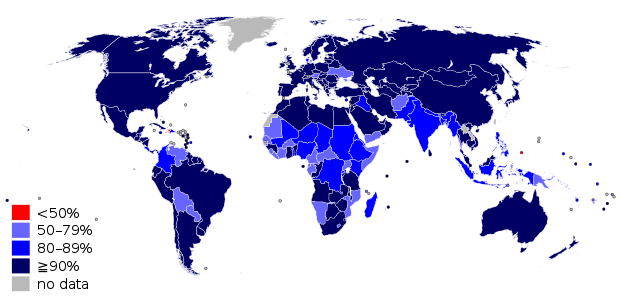
Treatment
There is no specific antiviral treatment for measles. Supportive care includes maintaining hydration, fever management with ibuprofen or paracetamol, and treating secondary bacterial infections with antibiotics if necessary. Vitamin A supplementation is recommended for children, as it can reduce the risk of complications and death.
Medications
Supportive treatments include fever reducers like ibuprofen or paracetamol and fast-acting medications to dilate airways for cough relief. Vitamin A is administered to decrease the risk of blindness and severe complications, especially in malnourished children. Antibiotics are used to treat secondary bacterial infections.

Epidemiology
Measles remains a leading cause of vaccine-preventable deaths worldwide, particularly in developing countries. Despite significant reductions in mortality due to vaccination campaigns, outbreaks still occur, particularly in areas with low vaccination rates. The disease is highly contagious, and maintaining high vaccination coverage is very important to prevent its spread.
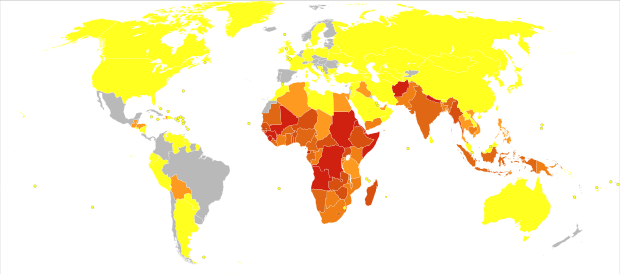

Self-assessment MCQs (single best answer)
What is the causative agent of measles?
Which of the following is a characteristic symptom of measles that appears inside the mouth?
At what age is the first dose of the MMR vaccine typically administered in developed countries?
Which of the following is NOT a common complication of measles?
What type of virus is the measles virus?
Which laboratory test can confirm a measles diagnosis?
What is a significant public health measure to prevent measles outbreaks?
Which of the following is a severe complication of measles that affects the brain and can be fatal?
Which symptom typically appears first in a case of measles?
In the context of measles management, why is Vitamin A supplementation recommended for children?
Dentaljuce
Dentaljuce provides Enhanced Continuing Professional Development (CPD) with GDC-approved Certificates for dental professionals worldwide.
Founded in 2009 by the award-winning Masters team from the School of Dentistry at the University of Birmingham, Dentaljuce has established itself as the leading platform for online CPD.
With over 100 high-quality online courses available for a single annual membership fee, Dentaljuce offers comprehensive e-learning designed for busy dental professionals.
The courses cover a complete range of topics, from clinical skills to patient communication, and are suitable for dentists, nurses, hygienists, therapists, students, and practice managers.
Dentaljuce features Dr. Aiden, a dentally trained AI-powered personal tutor available 24/7 to assist with queries and provide guidance through complex topics, enhancing the learning experience.
Check out our range of courses, or sign up now!


